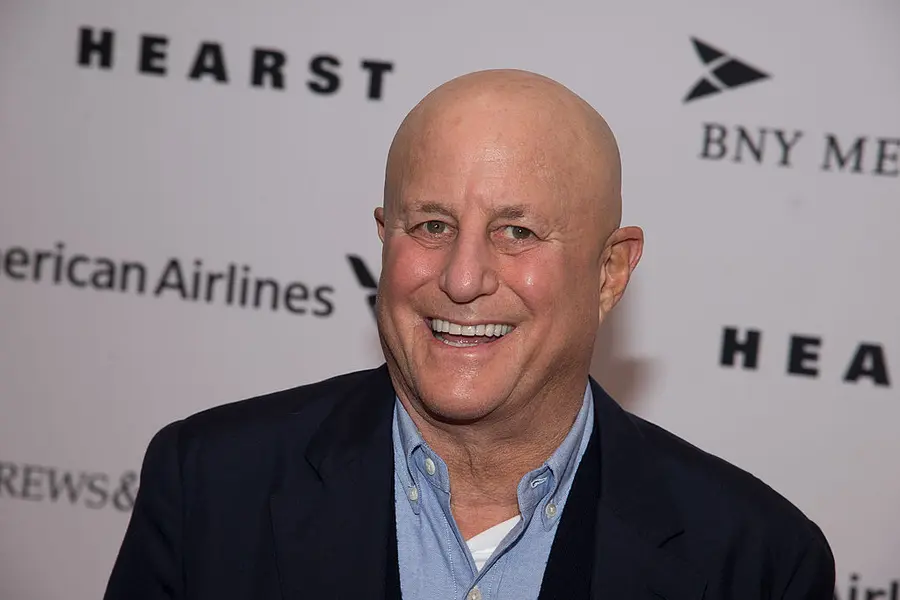The former site of the World Trade Center towers in New York City, informally known as "Ground Zero," is the home of the National September 11 Memorial and Museum, now open to visitors from all over the world. But there's another part of the site that hasn't been completed yet, despite the fact that it was part of the master plan submitted by architect Daniel Libeskind way back in 2003: a performing arts center for concerts, plays, and other theatrical works. But now, the project is finally getting off the ground once again, thanks in large part to a $75 million donation from billionaire Ronald O. Perelman, who in return for his gift will also see the performing arts center named after him.
Perelman, who is known for his philanthropy and his enthusiasm for the performing arts in New York City, first became involved with the World Trade Center memorial project a decade ago, when he agreed to then-mayor Michael R. Bloomberg to donate a relatively slim $5 million. Over the course of the museum's construction, Perelman became more and more interested in the prospect of a performing arts center on the grounds, eventually signing his name to the lead gift and taking a substantial bite out of its total construction budget of $240 million. And Perelman has a lot more in mind than just seeing his name in concrete, as per his words to The New York Times:
"I would hope it is the first venue of choice for the Bruce Springsteens and the Bon Jovis and the Yo-Yo Mas and the Lang Langs, and at the same time it's a place where we could have produced a Hamilton project or where we could produce a new ballet."
Dave Kotinsky/Getty Images
That mix of sensibilities is just one of the things that Perelman hopes will set apart his performing arts center from New York City's glut of mid-size venues already open for business – another will be the theater's streaming technology that will allow for live performances to be broadcast over the internet in a more sophisticated fashion than most theaters do it now (if they do it at all).
The center will be home to three separate theaters, each with a different audience capacity – 499 people, 299 people and 100 people – that can be combined into one big auditorium. And if all goes according to plan, it will be the primary home of the Tribeca Film Festival in April, along with concerts, ballets, dance performances, and more throughout the year. And thanks in part to Ronald Perelman, those plans are now a lot more likely to become a reality.

/2017/05/GettyImages-475652002-e1496019430351.jpg)
/2009/09/GettyImages-450415174.jpg)
/2020/09/GettyImages-961540946.jpg)
/2020/09/GettyImages-184721404.jpg)
/2018/04/GettyImages-928208134.jpg)
/2015/10/Philippe-Petit-1.jpg)
/2022/06/paul-.jpg)
/2012/10/Nick-Hogan.jpg)
/2022/11/burt.png)
:strip_exif()/2020/06/taylor.png)
/2010/12/Brooke-Hogan-1.jpg)
/2013/02/Curt-Schilling.jpg)
/2020/02/Jaclyn-Smith.jpg)
/2020/08/linda.png)
/2011/05/Mary-Hart.jpg)
/2019/09/chuck-lorre-1.jpg)
/2015/08/Fiona-Bruce-1.jpg)
/2021/10/robert.png)
/2016/11/GettyImages-93351549.jpg)
/2020/12/selena.jpg)
/2010/11/Cole-Hauser3.jpg)
/2019/09/seth-macfarlane.jpg)
/2010/12/Antoine-Walker.jpg)